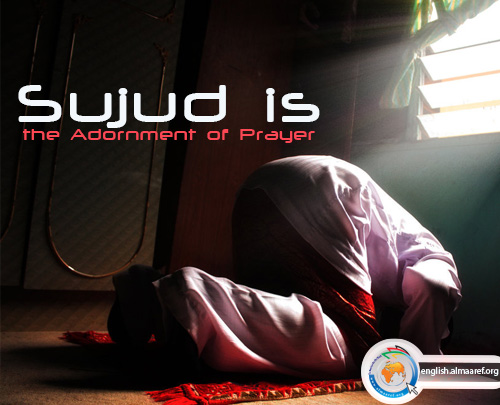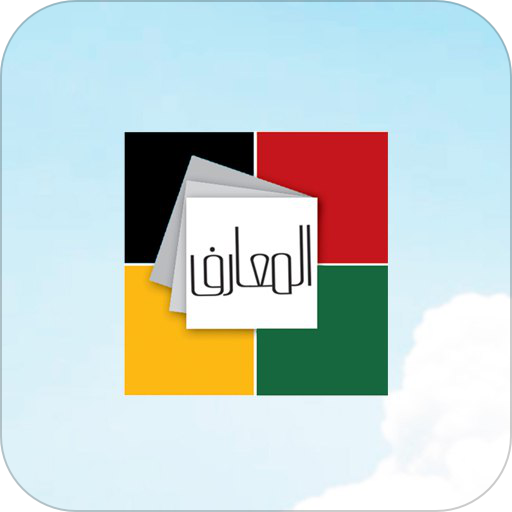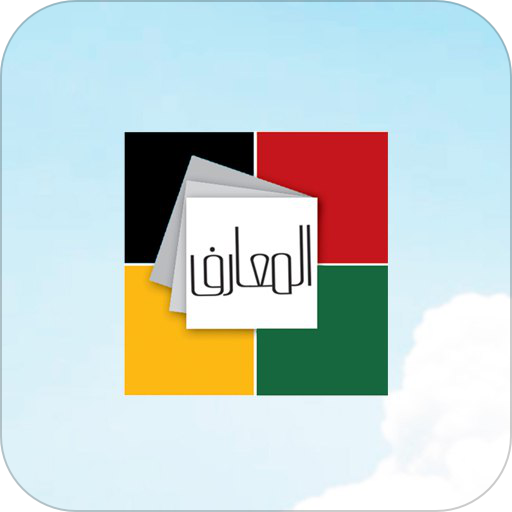Introduction
It is related in the Sacred Discourse ascribed to The Most High God that He
said, “The duties are the best ways to get close to Me. And man tries to get
close to Me through the supererogatory deeds till I love him. Once I love him, I
turn to be his hearing with which he hears, his sight with which he sees, his
tongue with which he speaks, and his hand with which he acts.”1
The Kinds of the Prayer2
The prayer is classified into two kinds: the dutiful prayer and the desirable
prayer.
A- First Kind: The Dutiful Prayer
This kind includes:
1- The daily prayer
2- The prayer of the verses
3- The prayer of the elder male on behalf of his deceased father
4- The prayer of the vow and the like
5- The clearance prayer
6- The Friday prayer: Its dutifulness is up to the religiously responsible
person i.e. one may choose between it and the noon prayer.3
B- Second Kind: The Desirable Prayer
This kind includes:
1- The desirable prayers performed pre and post the dutiful prayer:
* The morning desirable prayer: It is made up of two bows which are
performed before the morning prayer.
* The noon desirable prayer: It is made up of eight bows which are performed
before the noon prayer.
* The afternoon desirable prayer: it is made up of eight bows which are
performed before the afternoon prayer.
* The sunset desirable prayer: It is made up of two bows which are performed
after the sunset prayer.
* The evening desirable prayer: It is made up of two bows which are performed
after the evening prayer.
2- The Night Prayer: It is made up of eleven bows.
3- The Ghoufayla Prayer: It is made up of two bows. It is performed
between the sunset prayer and the evening prayer.
The Stated Time4
The religiously responsible person must know that it has become the stated time
of the prayer, so that he will perform it. To attain this knowledge is an easy
issue.
The stated time of the morning prayer is from the rise of the true dawn till the
rise of the sun. What is meant by the true dawn is the appearance of whiteness
and light to the eastern part of the country, and then this light spreads
horizontally till it becomes stable and till the darkness disappears.
The stated time of the noon prayer is from the noon till a little period of time
(what is enough to perform the afternoon prayer) before the sunset.
The stated time of the afternoon prayer is between a little period of time (what
is enough to perform the noon prayer) and the sunset.
The stated time of the sunset prayer is between the religious sunset and a
little period of time (what is enough to perform the evening prayer) before
midnight.
The stated time of the evening prayer is between a little period of time after
sunset (what is enough to perform the sunset prayer) and the religious midnight.
The Direction to Turn to While Praying [Qibla]
One must turn to the Qibla, i.e. the place of the Old House [Kaaba], during the
dutiful and the desirable prayer.5 In case one is unable to know for
sure the direction of the Qibla, he must work on the basis of his assumption.
Even more, in case the assumption is deficient, he must pray towards the four
directions. In case the time is not enough, he must pray as much as time
permits.6
What to Cover
During the prayer, the male must cover his two private parts.7 On
the other hand, the female must cover all her body except her face, her two
palms, and her feet from the tips of the fingers to the ankle8 in
case no marriageable man is looking at her; other wise, she must cover her feet
as well.
The Garment of the Performer of the Prayer
It is conditional that the garment of the performer of the prayer meets the
following points:
First: Purity9
To be excluded from this condition (i.e. the purity of the performer of the
prayer) is everything with which alone the prayer may not be performed, i.e. the
garment with which man can not cover his private parts, such as: the sockets and
the gloves.10
In case the quantity of the blood on the body and the garment is smaller than
the knot of the forefinger, then it is excused in the prayer under the condition
that it is not mixed with water or with pus.11
Second: Permissibility12
It is conditional that the garment of the performer of the prayer be
permissible by being his own or by his being permitted to dispose of it.
Third: The Leather’s Being Slaughtered according to the Religious Norm
In case the garment with which the prayer is performed is made up of
leather, it is conditional that it meets the following two points:
1- The leather must be from an edible animal
2- This animal must be slaughtered according to the religious norm.13
This judgment includes even the fluff which sticks to the garment of the human
being, such as: the fluff and the hair of the cat, for instance, abolish the
prayer.14
Fourth: No Gold and Silk for Men
The garment must not be from gold or from pure silk, and this has to do with
men only. The women are permitted to put them on during the prayer.
Men are not permitted to put on the gold and silk even outside the prayer.15
The Place of the Performer of the Prayer
It is conditional that the place of the performer of the prayer meets the
following points:
First: Permissibility16
As regards the usurpation, there is no difference between the usurped place
in general and what the performer of the prayer stands on like the usurped mat
or the usurped carpet, for the prayer performed on all these things is
abolished.17
Second: Stability18
In case one is able to ensure stability during the prayer, it is conditional
that he ensures it; then, it is incorrect to pray over a shaking place like the
boat. But in case one is unable to be stable at all during the stated time of
the prayer, then this condition is no more dutiful and his prayer is considered
to be correct.
Third: Purity
This condition has to do with the spot of prostration only.19 As
regards everything else rather than the spot of prostration, purity is not
conditional in case there is no transmitting wetness which transmits the
impurity to the garment or to the body.20
The Spot of the Forehead Prostration
It is permissible to prostrate on the earth which includes everything which
is considered from the earth like the sand and the stone and everything grown by
the earth in case that it can neither be eaten nor worn.
As regards what the religiously responsible person prostrates on, it is
conditional that he be able to stable his forehead on it. It is incorrect to
prostrate on the unstable mud or on the sand on which the forehead can not rest.
It is conditional, with respect to the spot of the forehead prostration, that it
does not be four joined fingers higher than the position of the feet.21
The Attendance of the Heart
The performer of the prayer must have his heart present throughout all his
prayer because the performer of the prayer will have only the part in which his
heart was attentive accounted for him. By the attendance of the heart, it is
meant the complete turn towards one’s prayer and towards what he says in it; the
complete turn towards The Worshipped, The Most Glorious; sensing His Greatness;
emptifying one’s heart from everything else; and then recognizing the broadness
of His Mercy and thus wishing for His Reward. By this, he will have accomplished
a state ranging between fear and hope.
It is related that Imam Al-Sadik (God’s peace bestowed upon him) said, “You
will have from your prayer only the part in which you were attentive. In case
one performs it mindlessly or negligently, then it will be wrapped, and with it
will the face of its performer be hit.”22
1- Al-Kafi [The
Sufficient]/ Part Two/ Page 352
2- Tahreer Al-Waseela [Editing the Means]/ Part One/ Page 135/ Question 1
3- Tahreer Al-Waseela [Editing the Means]/ Part One/ Page 231/ Question 1
Ajweebat Al-Istifta’at
[The Answers to the Consultations]/ Part One/ Page 173/ Question 605
4- Tahreer Al-Waseela/ Part One/ Page 135/ Question 1
5- Ajweebat Al-Istifta’at [The Answers to the Consultations]/ Part One/ Page
106/ Question 366 _
Tahreer Al-Waseela [Editing the Means]/ Part One/ Page 141/ Question 1
6- Ajweebat Al-Istifta’at/ Part One/ Page 107/ Question 367
7- Tahreer Al-Waseela/ Part One/ Page 142/ Question 1
8- Tahreer Al-Waseela/ Part One/ Page 142/ Question 3
9- Tahreer Al-Waseela [Editing the Means] / Part One/ Page 143/ Question 8
10- Tahreer Al-Waseela/ Part One/ Page 143/ Question 1
11- Tahreer Al-Waseela/ Part One/ Page 124/ Question 8
12- Tahreer Al-Waseela/ Part One/ Page 143/ Question 10
13- Ajweebat Al-Istifta’at [The Answers to the Consultations] / Part One/ Page
128/ Question 440
14- Ajweebat Al-Istifta’at [The Answers to the Consultations] / Part One/ Page
128/ Question 440
15- Tahreer Al-Waseela [Editing the Means] / Part One/ Page 147/ Question 1
16- Tahreer Al-Waseela/ Part One/ Page 151/ Question 15
17- Ajweebat Al-Istifta’at/ Part One/ Page 111/ Question 383
18- Ajweebat Al-Istifta’at / Part One/ Page 109/ Question 377
19- Ajweebat Al-Istifta’at/ Part One/ Page 109/ Question 377
20 Tahreer Al-Waseela / Part One/ Page 149/ Question 10
21- Tahreer Al-Waseela / Part One/ Page 150/ Question 11
22- Al-Kafi [The Sufficient/ Part Three/ Page 363




















